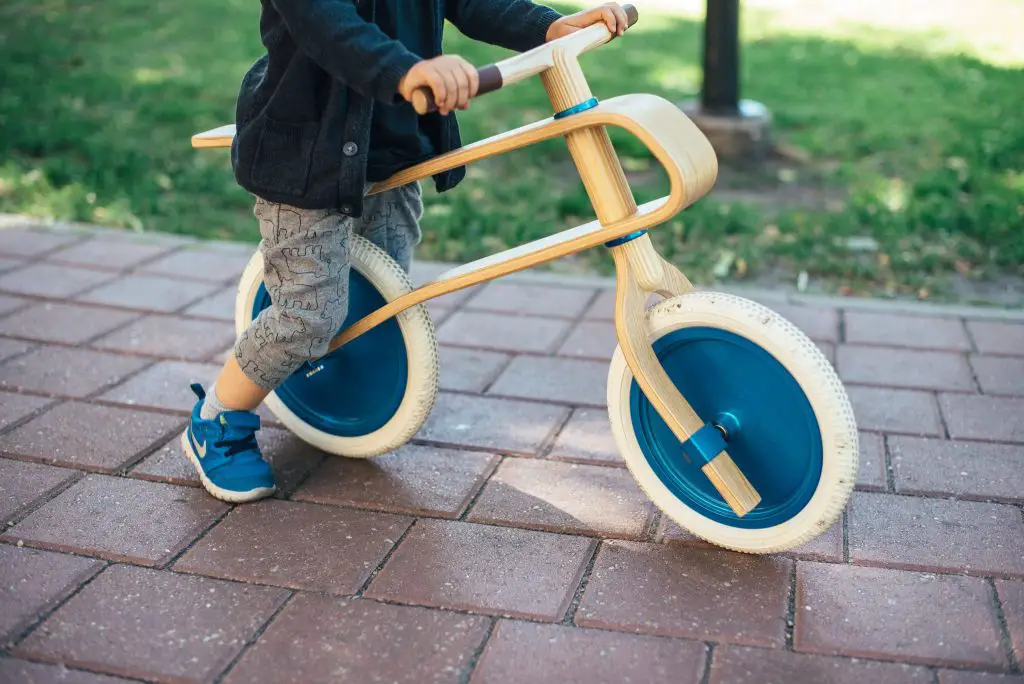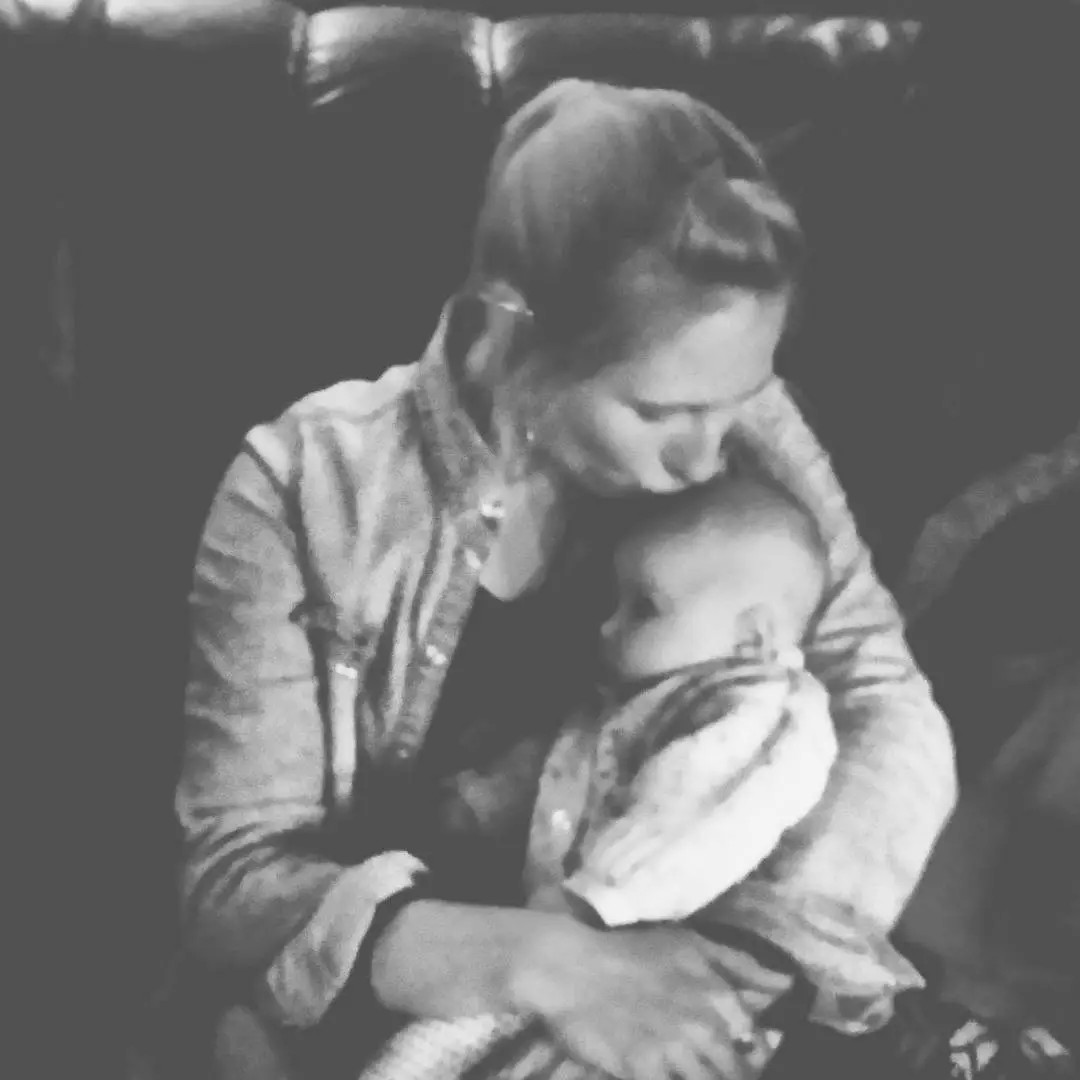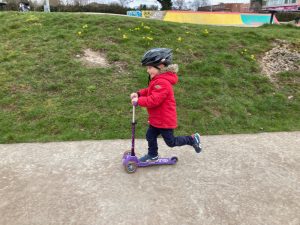Learning to ride a bike is right up there with losing your first baby tooth and tying your shoelaces. It’s a seminal childhood moment made better with positive reinforcement, patience, and adaptation.
Fortunately, there are plenty of safe, practical tools designed to ease children into four-wheeled freedom. With so many choices, parents often struggle to choose between classics like balance bikes and training wheels.
If you’re wondering which one of these bicycling teaching tools is better, stay tuned. We’ve got a full and honest rundown on each of these preparative gizmos.
In this article:
The truth about training wheels
For years, children were forced to rely on awkward, poorly adjusted training wheels as they transitioned to riding their big kid bikes.
Training wheels consist of a pair of small wheels that attach to the sides of the rear wheel on a child’s bicycle. They prevent the bike from leaning, enabling children to hone their pedaling skills.
While training wheels can fend off confidence-busting falls to the pavement, they also keep children from learning how to counter-steer and balance.
Training wheels expand the footprint of a bike. They also require a far greater radius for turning. If a child attempts a turn with too much velocity, training wheels may cause their bike to topple over.
Of course, falls are an intrinsic part of the bike-learning process. For all we know, these initial plunges may prepare a child for training wheel-free topples.
On the other hand, small children can benefit from training the muscles in the back of their legs. Most balance bikes lack brakes. Training wheels are one of the only learning tools that provide children with exposure to them.
Ensure that your child’s training wheels are properly adjusted. According to the experts, they should be at least a 1/4 inch from the ground.
Parents may gradually increase the gap between the training wheels and the pavement. Your child may be reluctant to remove their trusty bike aids.
If this is the case, offer to lower their seat in exchange for their extra set of wheels. Most children feel safer when they can rely on their own two feet for balance.
Related: The 10 Best Kids Bike Helmets of 2021
The truth about balance bikes
Balance bikes are designed to teach children steering and balance. They lack common bicycle elements, including pedals, gears, chains, and other mechanical pieces.
Children use their feet to launch balance bikes forward. With enough practice, a child may pick up enough momentum to achieve a continuous motion.
While balance bikes are just beginning to gain momentum in the parenting world, they’ve been around for over 200 years. The first balance bike was called the dandy horse. It was a running machine developed by Karl Drais, a German inventor.
Most children don’t learn to ride a bike overnight. That said, most kids can ride a balance bike between the ages of 18 months and 2 years.
This enables them to spend plenty of time getting used to the anatomy of a cycle. Children who have spent time on balance bikes are typically more eager and willing to try pedals.
There’s also the argument that neither of these learning tools is needed. After all, there are plenty of adults who learned to ride a bike without any extra accessories.

Ultimately, the choice between training wheels and balance bikes comes down to parental preference. Those that are willing to squeeze this extra set of wheels into their budget will probably see faster results.
Still, those hand-me-down training wheels are always a reliable fallback.
Balance bike vs. training wheels: Which one is right for your child?
Many experts claim that training wheels became obsolete the moment modern balance bikes rolled onto the sidewalk. After all, balance bikes help children acquire a more relevant skillset.
Despite that, there are plenty of parents that believe that their children should use training wheels. After all, these rusty metal wheels were once an iconic childhood rite of passage.
We love that balance bikes come in a variety of styles. There are metal, wood, and plastic options in just about every color.
Children are often more enthusiastic about their toys when they are visually appealing. While you can always attach training wheels to a bike of your liking, there’s very little that sets one pair of training wheels apart from another.
Just as there is no right or wrong time to learn to ride a bike, there’s no right or wrong tool for getting there. Of course, parents should be aware of the pros and cons of each option.
Choose an approach that’s consistent with your teaching abilities and budget. Then, pat yourself on the back for sharing this healthy pastime with your child!
Related: The 6 Best Kids Wagons to Buy in 2021
Tips for teaching a child how to ride a bike
- Skip the training wheels: Most parents possess a few uncomfortable memories of their own rickety metal training wheels. That said, most experts agree that training wheels should remain souvenirs of the past, never again made to haunt the brains of young, aspiring cyclists. It’s just that training wheels inhibit proper braking, balancing, and turning. As far as we’re concerned, those behaviors are all indispensable elements of bike riding. Many believe that training wheels are not educational aids. Instead, they consider them a crutch used to give children bike riding experiences that are free from risk and discomfort.
- Go the distance. Most children can glide a mile on a balance bike. This serves as a stark contrast to bikes with training wheels, which can typically lay abandoned after a short while. Since they lack mechanical guts, balance bikes tend to be far lighter than traditional bicycles. They’re also versatile enough to take along on rough, unfinished pathways. Whereas, training wheels are typically tripped up by the smallest pebbles and potholes.
- Be aware of your child’s emotions. Learning to ride a bike can feel like an emotional roller coaster. Parental pressure, frustration, and lack of enthusiasm can be far more damaging than skinned knees. Do all that you can to boost your child’s confidence before setting your eyes on the two-wheeled prize. Negative emotional experiences can keep your child from achieving their cycling goals.
- Invest in proper safety apparel. Safety standards have improved in the last decade or two. Make sure your child has a proper, well-fitted helmet. What’s more, consider investing in knee and elbow pads. While head-to-toe armor may seem like overkill, it will keep you from using up entire boxes of Band-Aids.
- Make your own balance bike. If you don’t want to buy a balance bike, you can make your own. Remove the chain guard, chain, crank, and pedals from a traditional 12-inch bike. When you’re confident in your child’s coordination, carefully reattach these elements to give them a genuine bike experience. Note: If you are not confident in your mechanical skills, check your local thrift store for a used balance bike. This is a safer, yet equally affordable option!
In conclusion
Help your child transition to two wheels by providing them with the most substantial learning tools. Most children can learn to balance, steer, and pedal with a little practice and positive encouragement.
Few children (and parents, for that matter) are willing to skip the grace period between tricycles and two-wheelers. Balance bikes give children the confidence to hone their skills without compromising their comfort or safety.
If training wheels float your boat, so be it. There’s no downside to teaching your child how to ride a bike. Bike riding is a healthy, sustainable activity. Both children and parents can benefit from participating in this special learning experience.








